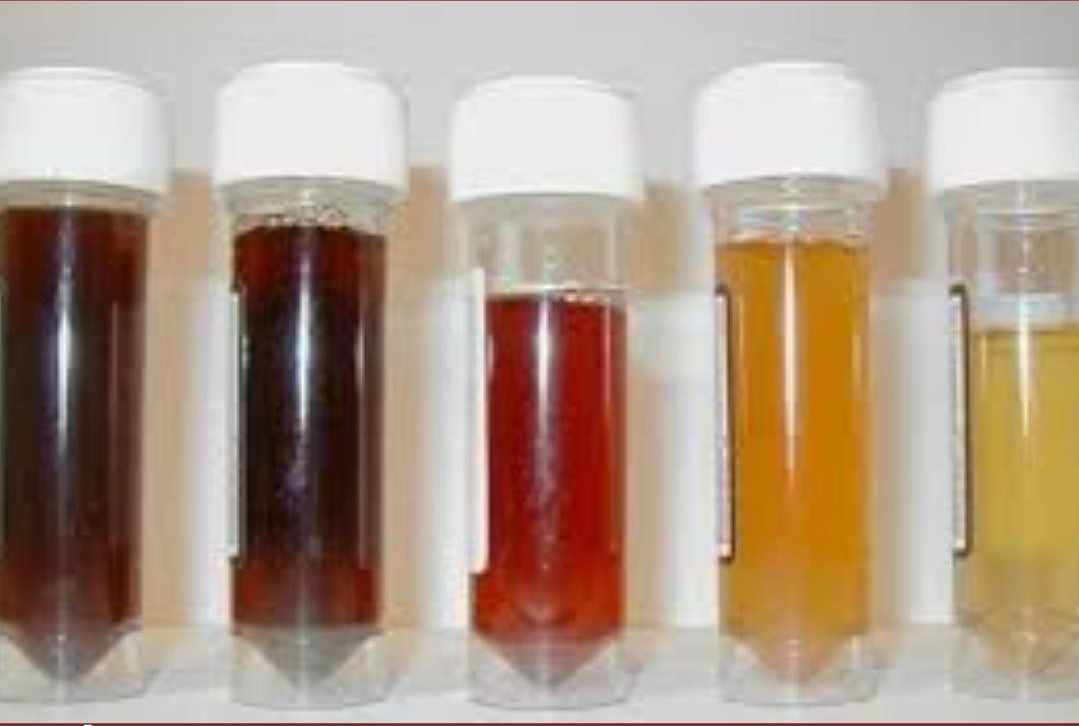Content :
◉ Introduction
Paroxysmal Nocturnal Hemoglobinuria (PNH) is a rare hematological disorder that primarily affects red blood cells, leading to their premature destruction and subsequent release of hemoglobin into the bloodstream.
PNH is intravascular hemolysis resulting from an attack on the immune system through the complement system. This condition is caused by a mutation in the PIG-A gene, which results in a deficiency of certain proteins responsible for protecting blood cells.
The name of the disease, "paroxysmal nocturnal hemoglobinuria", also describes its characteristics:
- Paroxysmal: meaning symptoms can occur suddenly and unpredictably.
- Nocturnal: symptoms worsen at night.
- Hemoglobinuria: excretion of hemoglobin in the urine.
In addition to hemoglobinuria, people with PNH can develop thromboses and kidney damage, among other non-specific symptoms of anemia such as shortness of breath and fatigue.

◉ Pathophysiology
Paroxysmal nocturnal hemoglobinuria is a hemolytic anemia characterized by a mutation in the X-linked PIG_A gene, which affects hematopoietic stem cells. This mutation results in the production of blood cells deficient in proteins necessary to maintain cell membrane stability, including those involved in regulating the complement system and its activation.
As a result, blood cells of the PNH become very susceptible to complement-mediated lysis, which occurs intravascularly and results in the typical manifestations of hemolytic anemia. These manifestations may also be associated with thrombocytopenia or an increased risk of thrombosis.
◉ Signs and Symptoms
◉ Anemia
Hemolysis causes red blood cells to be destroyed more quickly, exceeding the body's ability to replace them, resulting in anemia. Some of the symptoms associated with anemia are listed below:
- Lack of energy
- Paleness of the skin
- Dizziness
- Drowsiness
- Headaches
- Irregular heartbeat
- Heart palpitations
- Weight loss
◉ Hemolysis
The red blood cells of people with PNH are targeted by part of the immune system which destroys them. Fragmentation of red blood cells causes symptoms of hemolysis, including
- Dark urine
- Headaches
- Digestive problems
- Dysphagia
- Chest pain
- Abdominal pain
- Back pain
- Muscle spam
- Erectile dysfunction
◉ Thrombosis
PNH can cause excess blood clots to form, although the exact reason remains unclear to doctors. However, it is the subject of intensive research, and it is suspected that the mutation in the PIG_A gene, responsible for PNH, may also alter the structure of platelets, contributing to a greater propensity for blood clotting.
General symptoms of increased blood clotting or thrombosis may include:
- Sudden swelling of the leg or arm, pain and pain
- Acute kidney injury
- Chronic kidney disease
- Sudden onset of jaundice or yellowing of the skin and right upper abdominal pain suggest liver damage.
- Sudden, severe motor or sensory problems or headaches in cases of brain injury or stroke
- Severe shortness of breath and chest pain may be due to a pulmonary embolism or myocardial infarction.
◉ Thrombocytopenia
When the body develops widespread thromboses, it exhausts its ability to replace proteins and platelets. This drop in platelet count can lead to coagulation defects , manifested by bruising and bleeding, as follows:
- Nosebleeds
- Easy bruising all over the body and joints
- Bleeding under the skin in the form of large or small red spots
- Difficulty stopping bleeding from minor wounds or cuts
- Heavy menstrual bleeding
◉ Diagnosis and testing
- Complete Blood Count: CBC is a routinely performed test that shows any blood disorders or abnormalities such as anemia and thrombocytopenia present in PNH.
- Reticulocyte count: shows rapid turnover of red blood cells and indicates hemolysis and production of red blood cells by the bone marrow.
- Urinalysis: Any sign of hemoglobinuria or iron or infection is detected by this test.
- Basic Metabolic Panel: Also known as kidney function tests and includes urea and creatine levels.
- Haptoglobin test: This is a protein that increases following the destruction of red blood cells as it removes damaged debris.
- Lactate dehydrogenase: increases in the event of damage to red blood cells because it is an enzyme present inside their cytoplasm.
- Liver function tests: Enzymes produced when liver cells are damaged.
- Flow cytometry: this is the reference technique for the detection of paroxysmal nocturnal hemoglobinuria clones
◉ Traitement
- Blood transfusion: Used to relieve transient symptoms.
- Steroid use: Considered, especially if other autoimmune diseases are involved.
- Complement inhibitors: Targeted treatment aimed at preventing the destruction of red blood cells by the complement system.
- Stem cell transplant
◉ Conclusion
Paroxysmal nocturnal hemoglobinuria is a rare disease in which red blood cells are destroyed by the immune system, including the complement system, due to a defect in the PIGA gene in stem cells bone marrow.
Symptoms include hemolytic anemia, thromboses, and kidney and liver damage.
Diagnosis is generally made by flow cytometry, and treatment is based on targeted therapy called complement inhibitors. Additional supportive treatments may also be needed.